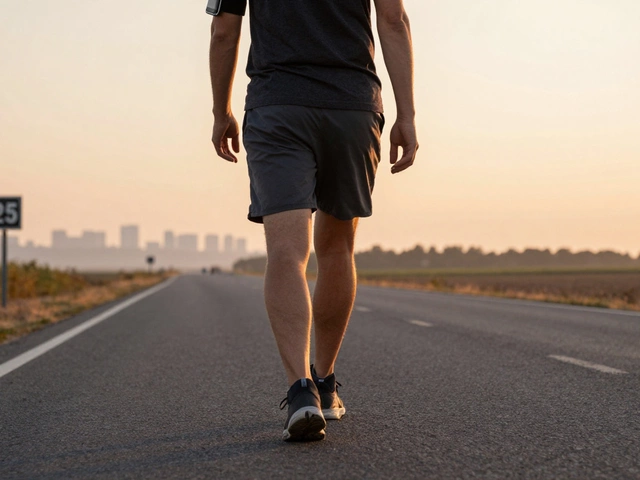Safety Tips & Guides You Can Use Today
When it comes to health, safety isn’t optional – it’s a daily habit. From the pills you take to the shower after knee surgery, a few simple checks can keep you out of trouble. Below you’ll find bite‑size advice drawn from our most‑read articles, so you can stay safe without scrolling for hours.
Medication and Pharmacy Safety
Buying meds online sounds easy, but mail‑order pharmacies can hide hidden risks. Always verify the pharmacy’s licence on the NDCP portal, check that the drug name, dosage, and expiration date match the label, and keep a copy of the receipt. If a price looks too good to be true, it probably is – counterfeit pills can ruin your recovery.
Even reputable pharmacies have pitfalls. Some over‑the‑counter drugs can spike blood sugar in diabetics or interact with blood thinners. Before you pop a painkiller, glance at the “Drug Interactions” box on the label or ask your pharmacist. A quick question now saves a nasty reaction later.
Surgical and Post‑Op Safety
After a knee replacement, the first few days feel like a marathon. The hardest day usually lands on day 2 or 3, when swelling peaks. Keep the leg elevated, apply ice for 20 minutes every hour, and use the prescribed compression sleeve. If pain suddenly spikes or the incision reddens, call your surgeon – it could signal infection.
Showering early can be tempting, but a wet floor is a slip hazard. Wait until the bandage is dry and use a waterproof cover if you must bathe. Install a non‑slip mat in the tub and keep a sturdy chair nearby for support. These tiny steps cut the chance of a fall by half.
Driving after knee surgery isn’t a free‑for‑all. Most surgeons say you need at least two weeks of pain‑free movement and the ability to press the clutch or brake fully. Test your reaction by pressing the pedals while seated. If you can’t do it comfortably, hold off – a crash would set you back months.
Herbal and Supplement Safety
Herbal remedies like milk thistle promise liver repair, but more isn’t always better. Stick to the manufacturer’s dose, and watch for interactions with prescription meds, especially blood thinners and diabetes drugs. If you notice stomach upset or unusual bruising, stop the supplement and talk to your doctor.
Taking a cocktail of herbal supplements can overload your system. Each herb has active compounds that can add up, leading to side effects like headaches or liver stress. Keep a list of everything you’re taking and share it with your healthcare provider; they can spot dangerous combos before they cause trouble.
When choosing a brand, look for third‑party testing logos like USP or NSF. These marks mean the product’s purity and potency were checked independently, reducing the chance of contaminants or mislabeled ingredients.
Safety isn’t a one‑time checklist – it’s a habit you build. Scan every label, ask questions, and trust your gut if something feels off. By staying alert, you protect yourself and make the most of the health advice we share.
Got a safety question that isn’t covered here? Drop us a comment below and we’ll dig into the facts for you. Your health, your safety, your call.






